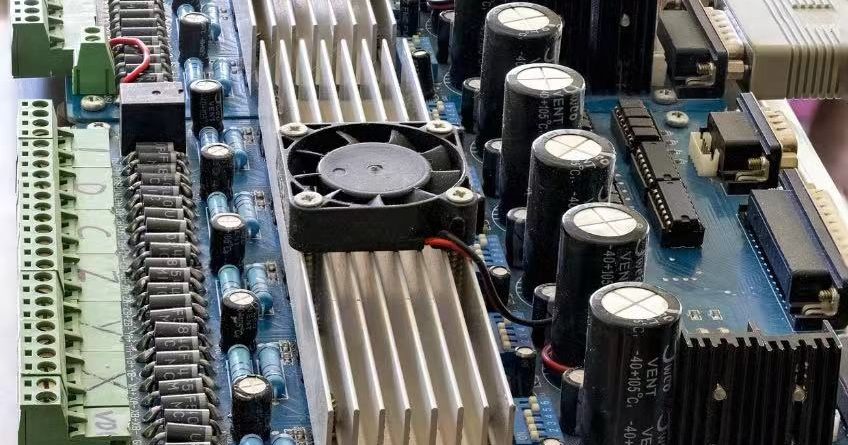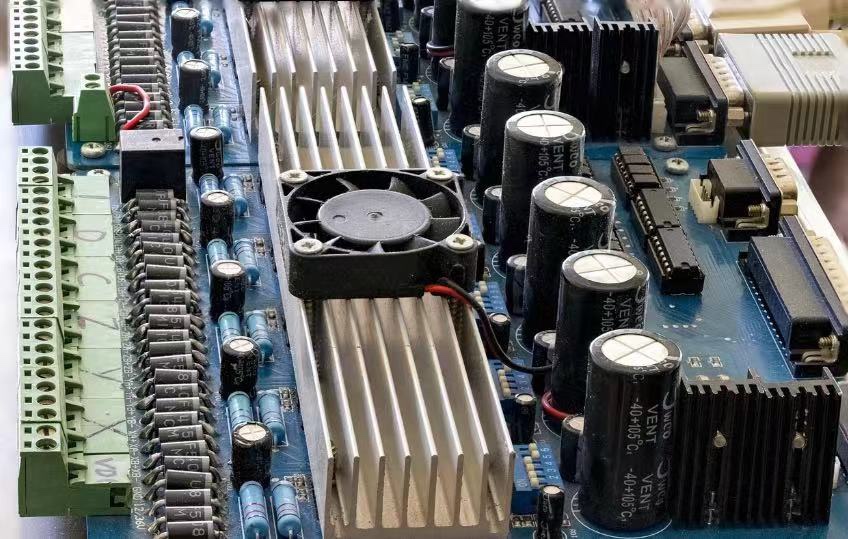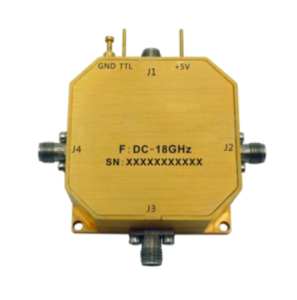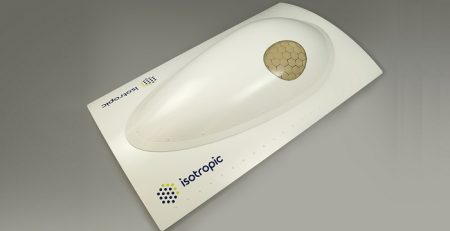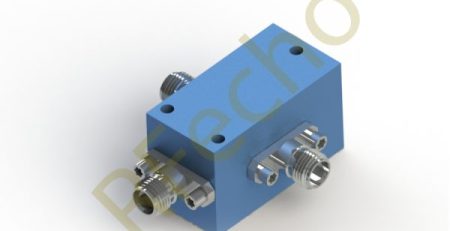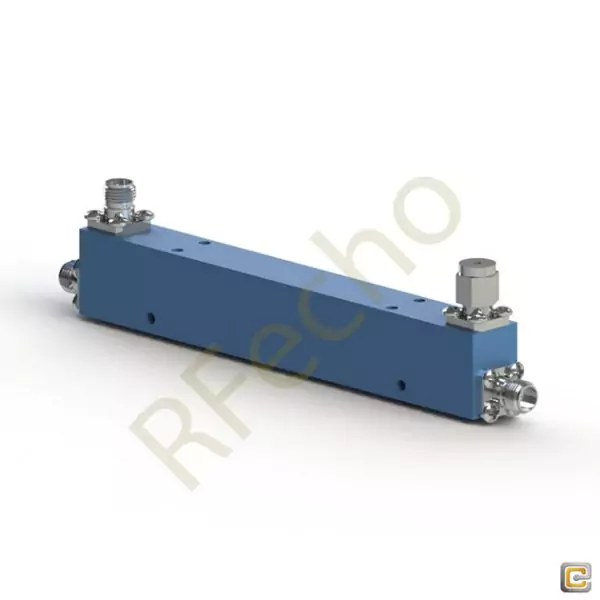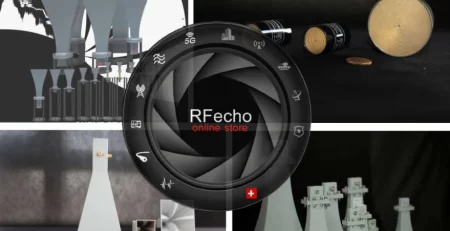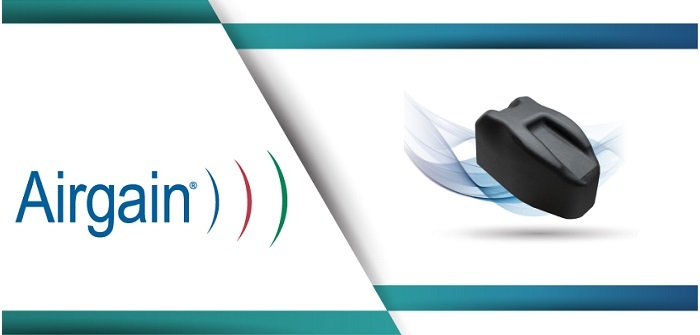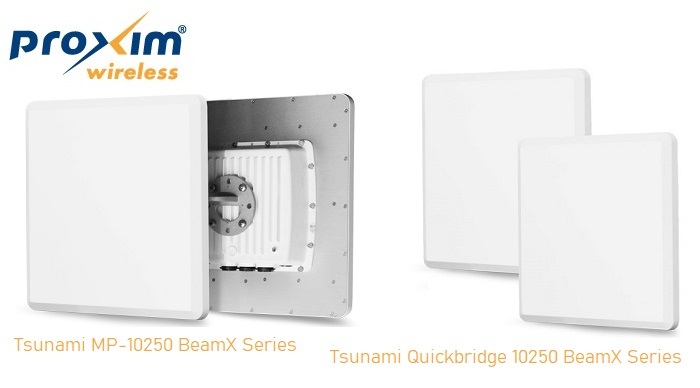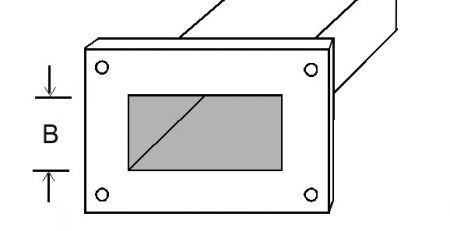Why is DPDT Switch Used for Complex Electrical Circuits
Understanding the DPDT Switch
What is a DPDT Switch?
A DPDT switch stands for Double Pole Double Throw switch. In essence, it is an electrical component capable of controlling two separate circuits at the same time. It comes with six terminals: two input terminals and four output terminals. This configuration allows the switch to operate in two distinct states or configurations. The dual-pole dual-throw design provides the flexibility needed to manage various functional modes within an electrical circuit. Its ability to alternate between different pairs of terminals makes it indispensable in applications that demand complexity and multi-functionality.
How Does a DPDT Switch Work?
The operational mechanism of a DPDT switch is relatively straightforward yet powerful in its application. When the switch is toggled, it simultaneously connects one pair of terminals while disconnecting another, thereby altering the path of the current. This dual-pole dual-throw action enables it to reverse the polarity of connections or achieve “ON-ON” or “ON-OFF-ON” configurations. As such, it is highly adaptable and can be used for tasks ranging from simple on/off operations to more intricate functionalities like motor direction control or signal routing. Its versatility in handling multiple circuit paths makes it indispensable for complex electrical systems.
RFecho is expert in the high-performance antenna design and development, from low frequencies up to THz frequencies. Our capabilities in the design of antennas are: standard gain horns, reflector antennas, CATR (Compact Antenna Test Range) feeds, antenna arrays, corrugated horns, ridged horns, near field probes, planar antennas microwave frequency band antennas, orthogonal mode couplers, polarizers, rotary joints, polarization duplexers, duplexers, angle trackers and custom solutions.
Passive products mainly include various frequency bands, various forms of filters, power dividers, couplers, wave conversion, load, waveguide components, etc. Active products consist of low noise amplifiers, power amplifiers, phase shifters, etc. The company has outstanding advantages in designing products with high power, high integration, high difficulty, and special needs. Products related to remote control, telemetry, electronic countermeasures, electronic reconnaissance and data communications, satellite positioning, radar and other fields.
Applications of DPDT Switches
Uses in Industrial Automation
In the realm of industrial automation, the DPDT switch is a critical component. Its ability to manage separate circuits simultaneously is key in controlling industrial machinery that requires precise and reliable switching actions. These switches can be implemented in conveyor systems, robotic arms, and automated manufacturing lines to manage directional flow and operational modes. Given their robustness and reliability, DPDT switches contribute significantly to the efficiency and safety of industrial processes, ensuring that machinery operates seamlessly and reduces downtime.
Role in Home Appliances and Consumer Electronics
The DPDT switch also plays a significant role in home appliances and consumer electronics. Devices like washing machines, dishwashers, and even some entertainment systems utilize DPDT switches to control different operating modes and functionalities. For instance, in household electrical appliances, these switches can facilitate the changeover between different operational cycles—like shifting from wash to spin in a washing machine. In consumer electronics, they are often used in audio/video equipment to switch between inputs or outputs, thereby enhancing user experience by providing seamless control over complex functions.
Importance in Robotics and Prototyping
The field of robotics and prototyping requires components that provide both flexibility and adaptability, and the DPDT switch meets these criteria exceptionally well. These switches are commonly used in robotic systems to reverse motor directions, control actuators, and manage various input/output functions. Their capability to handle multiple configurations makes them ideal for experimental prototyping, where circuit designs may need frequent modifications. Additionally, their ability to streamline the switching process greatly enhances the efficiency and effectiveness of both amateur and professional robotics projects, facilitating the development of sophisticated and responsive robotic systems.
RFecho is a leading provider of high-quality radio frequency (RF) and microwave products, including the versatile DPDT (Double Pole, Double Throw) switch. This switch is a crucial component in the field of electronics, renowned for its ability to simplify complex circuits and enhance the efficiency of electronic devices.
The DPDT switch from RFecho is a marvel of engineering, designed to control two separate circuits simultaneously. It can switch between two inputs or toggle a single input between two outputs, making it an incredibly versatile tool in circuit design. This switch is especially useful in applications where control of multiple outputs is required from a single point, such as in audio and radio frequency systems.
RFecho’s DPDT switch stands out for its superior performance, reliability, and durability. It is built to withstand rigorous use and harsh conditions, ensuring long-lasting performance. The switch is also designed for easy installation and operation, making it a user-friendly choice for both professionals and hobbyists.
Advantages of Using DPDT Switches in Complex Circuits
Versatility and Functional Flexibility
One of the standout advantages of the DPDT switch is its versatility. It can manage multiple operations within a single component, reducing the need for additional switches or relays. This functional flexibility is essential in complex circuits that require frequent reconfiguration or multi-path control. Whether it’s in industrial machinery, household appliances, or sophisticated electronic systems, the DPDT switch offers a robust solution for managing intricate electrical connections, thereby minimizing complexity and enhancing operational efficiency.
Enhanced Control and Safety Features
Another major benefit of the DPDT switch is its enhanced control features. By allowing multiple circuit paths and configurations, it enables more detailed and precise control over the electrical system. This is particularly important in applications where safety is a concern. By ensuring that circuits can be reliably switched and isolated, DPDT switches help prevent electrical mishaps and contribute to the overall safety of the system. Their ability to control and isolate multi-faceted circuit paths ensures a higher level of operational security, making them indispensable in safety-critical applications.
Simplifying Circuit Design and Implementation
Incorporating a DPDT switch into a circuit can simplify its design and implementation significantly. With the ability to handle multiple configurations, designers can streamline the circuit layout, reducing the number of components required and thereby minimizing potential points of failure. This simplification not only saves space and cost but also enhances the reliability and maintainability of the system. For circuit designers and engineers, the DPDT switch offers a valuable tool for creating efficient, reliable, and easy-to-implement electrical systems, ensuring optimal performance with minimal complexity.
Selecting the Right DPDT Switch for Your Needs
Key Selection Criteria
When choosing the appropriate DPDT switch for your requirements, it is essential to consider several critical factors to guarantee optimal performance in your particular application. First, assess the current and voltage ratings of the switch to confirm they can manage the electrical load demanded by your circuit. A discrepancy in these ratings could result in malfunction or damage to both the switch and the circuit.
Another important factor is the mechanical endurance, which refers to the number of operational cycles the switch can endure before failure. This is particularly important in applications where the switch will be used frequently. Additionally, the contact material should be assessed, as different materials offer varying levels of conductivity, durability, and resistance to corrosion.
The size and form factor of the DPDT switch also need to be considered, especially if space constraints are a concern in your design. Ensure that the switch fits comfortably within the allotted space without compromising accessibility or usability. Lastly, consider whether the switch needs to conform to specific industry standards or certifications, which can often dictate the suitability of a switch for certain applications.
Types of Actuators and Mounting Options
The DPDT switch comes with a variety of actuators and mounting options, offering flexibility to suit different needs. Toggle actuators are common and provide a simple on/off operation, making them ideal for straightforward applications. Rocker actuators are also widely used and are preferred for applications requiring more ergonomic interactions, as they can be easier to operate.
Slide actuators offer a sleek and compact solution, making them particularly advantageous in space-constrained designs. Push-button actuators deliver an intuitive interface, frequently employed in consumer electronics and appliances where user-friendliness is essential.
When it comes to mounting options, panel mounting is a popular choice for durable and robust installations, such as industrial machinery. Surface mounting options are favored for PCB applications and smaller devices, offering flexibility in circuit design and ease of integration. Choosing the correct actuator type and mounting option is essential for ensuring the DPDT switch meets the operational and ergonomic needs of your specific application.
Conclusion: Enhancing Circuit Efficiency with DPDT Switches
In conclusion, the DPDT switch is an integral component in enhancing the efficiency and functionality of complex electrical circuits. Its versatility and adaptability allow it to manage multiple circuit pathways, offering unprecedented control and operational flexibility. Whether used in industrial automation, home appliances, or sophisticated robotics, the DPDT switch simplifies circuit design, reduces the need for multiple components, and ensures reliable performance.
By carefully selecting the right DPDT switch based on key criteria such as current and voltage ratings, mechanical endurance, and appropriate actuators and mounting options, you can optimize the efficiency and durability of your electrical systems. As a cornerstone in advanced circuitry, the DPDT switch not only enhances operational efficiency but also contributes to the safety and reliability of the overall system.


